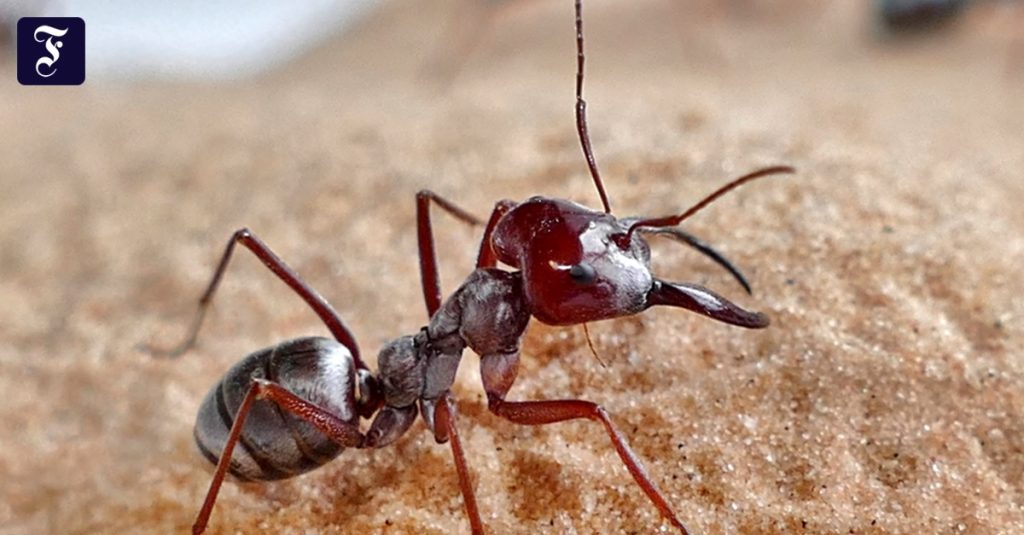eFor the first time, scientists estimated the number of ants living on Earth’s surface based on 465 previous studies. The research team admits that the estimated total number of 20 quadrillion is about 2.5 million times the number of humans – and it comes with many uncertainties. In his study in the specialized journal “PNAS”. A group of 5 quadrillion ant plus or minus. However, the actual number could be higher, as no valid estimates are available for the ants that live underground. For other habitats, the team led by researchers from the University of Hong Kong evaluated and extrapolated the available regional populations according to the total area of the different habitat types.
Biomass greater than that of birds and land mammals combined
So far there have only been more stringent estimates, which have been extrapolated to global land mass based on small investigations in areas in England, for example, says zoologist Patrick Schulthes, who has since moved from the Asian capital to the university. Würzburg. This estimate resulted in a few quadrillions of ants—which is at least similar to the current result in terms of volume. “We had no idea what the number might be – it was all surprising,” he says. The estimated biomass of ants is greater than that of wild birds and mammals combined, equivalent to about 20 percent of the biomass of all humans.
“Our first interest was to see if ant densities were the same in different areas,” Schulthes explains, explaining the team’s motivation – and this allows conclusions to be drawn about the importance and complementarity of insects in different ecosystems. 60 percent of the ants that live above ground live in tropical rainforests; The number of ants in the region is higher than in the steppes, for example, but less in the landscape of parks. Schulthes says it was already known that the number of ant species is higher in the tropics.
There are still huge gaps in knowledge
It is also important that through the review, the team has now identified regions of the world in which there are studies of ant populations occurring in each case. There are many surveys for southern Africa, but not for the more northern regions of the continent. In total, the team was able to count on about 1,300 local populations around the world. “We hope the study will encourage people to collect data,” Schulthes says. Datasets on regional frequencies are very important and allow conclusions to be drawn about what ants can do.
“It is critical to fill remaining knowledge gaps in order to gain a comprehensive picture of insect diversity – and a global understanding of global biodiversity patterns and drivers,” the team wrote in their article. “As a global community, we must focus our efforts on regions, habitats, and regional communities that we don’t know much about — while we still can.”

“Tv expert. Hardcore creator. Extreme music fan. Lifelong twitter geek. Certified travel enthusiast. Baconaholic. Pop culture nerd. Reader. Freelance student.”







More Stories
Psychology: Researchers say spring cleaning is unnecessary
Space in City Hall has become more expensive
7 tips on how to learn to deal with your fears